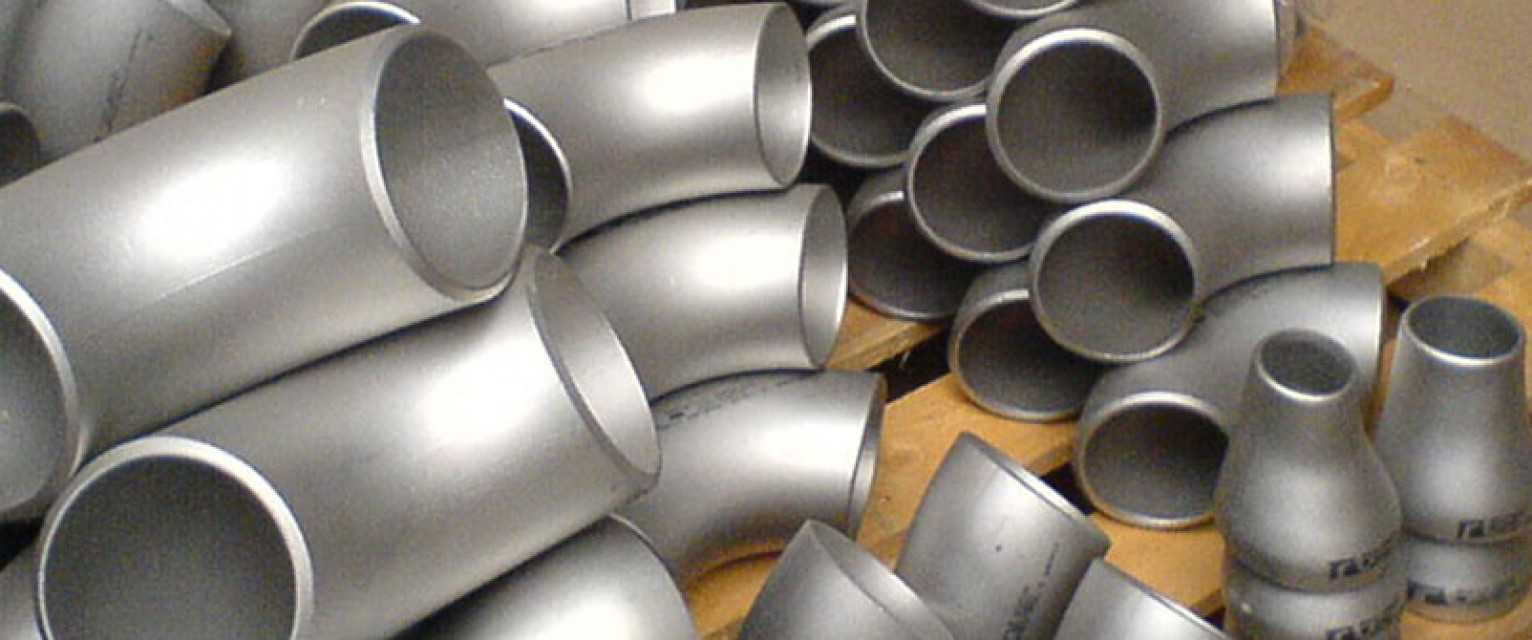Inconel 800 is a high-nickel alloy known for its superior resistance to oxidation and carburization at elevated temperatures. This alloy is often used in high-temperature applications such as furnace parts, heat exchangers, and petrochemical processing. One of the most popular forms of Inconel 800 is the buttweld fitting, which connects two pipes or tubes. In this blog post, we will understand Inconel 800 buttweld fittings in detail, including their characteristics, applications, and benefits.
What are Inconel 800 Buttweld Fittings?
Inconel 800, or Alloy 800, is a nickel-iron-chromium alloy with excellent resistance to high-temperature and corrosive environments. Inconel 800 buttweld fittings are specialized components in piping systems and other industrial applications. These fittings are designed to be welded to pipes or other fittings, creating a secure and leak-resistant connection. The term “buttweld” refers to joining these fittings to the pipes. Inconel 800 is known for its ability to withstand high temperatures, making it suitable for applications in heat-treating equipment, industrial furnaces, and other high-temperature processes.
Characteristics of Inconel 800 Buttweld Fittings
Inconel 800 buttweld fittings are made from a high-nickel alloy that contains chromium, iron, and other elements. These fittings are designed to withstand high-pressure and high-temperature environments. The fittings are available in different sizes and shapes, making them suitable for various applications. Inconel 800 buttweld fittings have excellent corrosion resistance, making them ideal for high-temperature environments. They also resist stress-corrosion cracking and pitting, common issues in other fitting materials.
Applications of Inconel 800 Buttweld Fittings
Inconel 800 buttweld fittings are used in various high-temperature applications, including petrochemical processing, power generation, and aerospace industries. These fittings are also used in furnace parts, heat exchangers, and other equipment that operates at high temperatures. Inconel 800 buttweld fittings are preferred over other materials because of their excellent ability to withstand oxidation and carburization. They are also used in applications that require resistance to sulfidation, which can cause other materials to fail.
Benefits of Inconel 800 Buttweld Fittings
Inconel 800 buttweld fittings offer several benefits over other materials. They have excellent corrosion resistance, which results in longer service life and reduced maintenance costs. Inconel 800 buttweld fittings also have superior strength and toughness, which makes them ideal for high-stress applications. They are also easy to work with, which reduces installation time and costs. They are available in various sizes and shapes, making them suitable for various applications.
Manufacturing of Inconel 800 Buttweld Fittings
Inconel 800 buttweld fittings are manufactured using various methods such as forging, hot pressing, and machining. The selection of the manufacturing method depends on the specific application requirements and the complexity of the fitting. Forged fittings are preferred for high-pressure applications because of their superior strength and durability. Machined fittings are preferred for applications that require tight tolerances.
Maintenance of Inconel 800 Buttweld Fittings
Inconel 800 buttweld fittings require minimal maintenance because of their excellent corrosion resistance. However, regular inspection and cleaning are recommended to ensure the fittings are in good working condition. Any signs of corrosion or cracks should be addressed immediately to prevent leakage and failure.
Conclusion:
Inconel 800 buttweld fittings are known for their superior strength, corrosion resistance, and durability. They are used in various high-temperature applications requiring oxidation resistance, carburization, and sulfidation. Inconel 800 buttweld fittings offer several benefits over other materials, including enhanced performance, reduced maintenance costs, and long service life. The selection of the manufacturing method depends on the specific application requirements and the complexity of the fitting. Regular inspection and cleaning are recommended to ensure the fittings are in good working condition.

As the editor of the blog, She curate insightful content that sparks curiosity and fosters learning. With a passion for storytelling and a keen eye for detail, she strive to bring diverse perspectives and engaging narratives to readers, ensuring every piece informs, inspires, and enriches.










